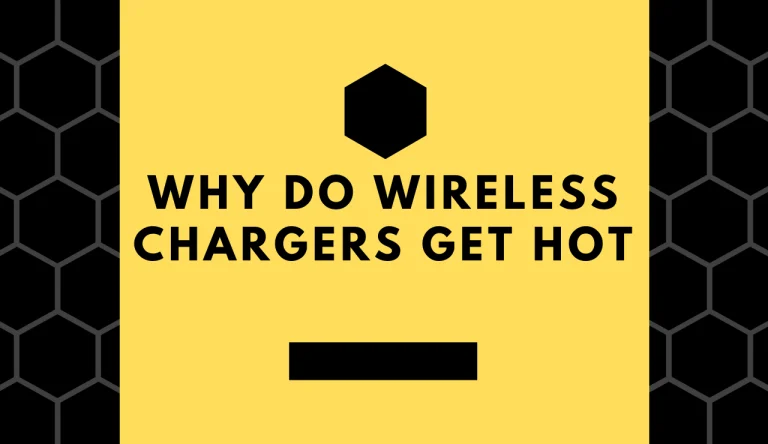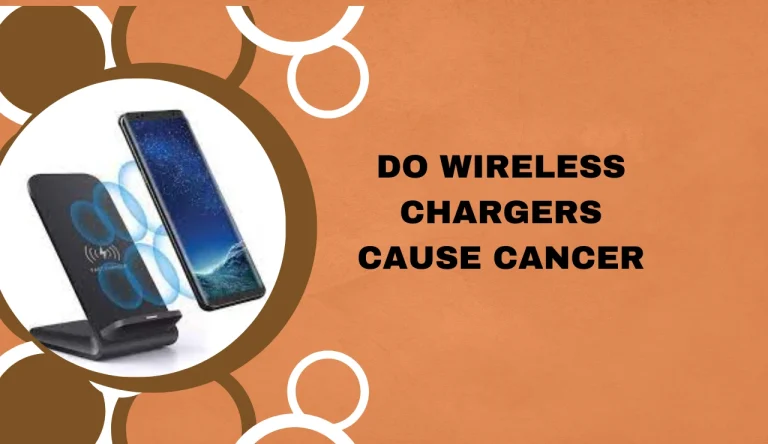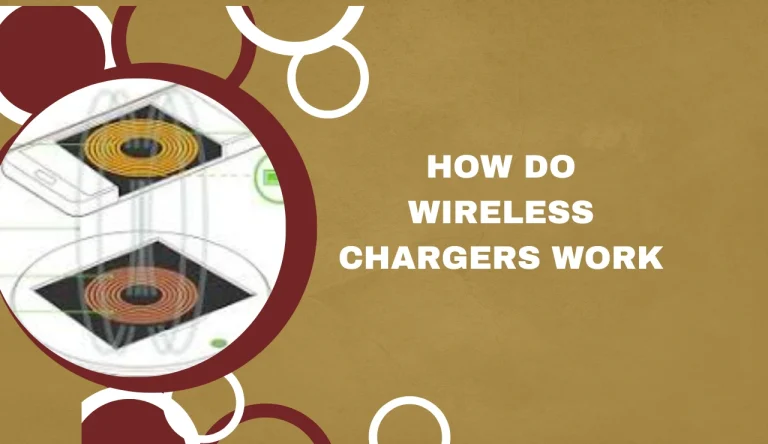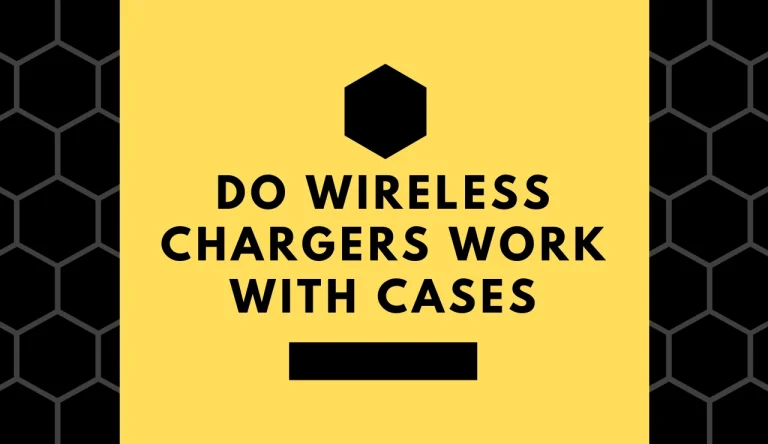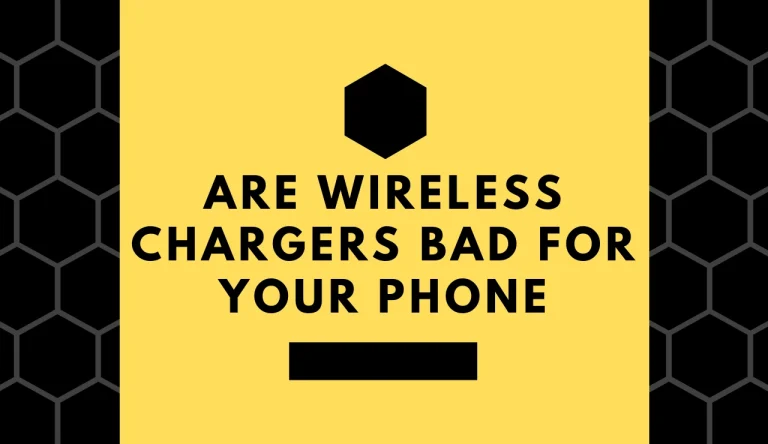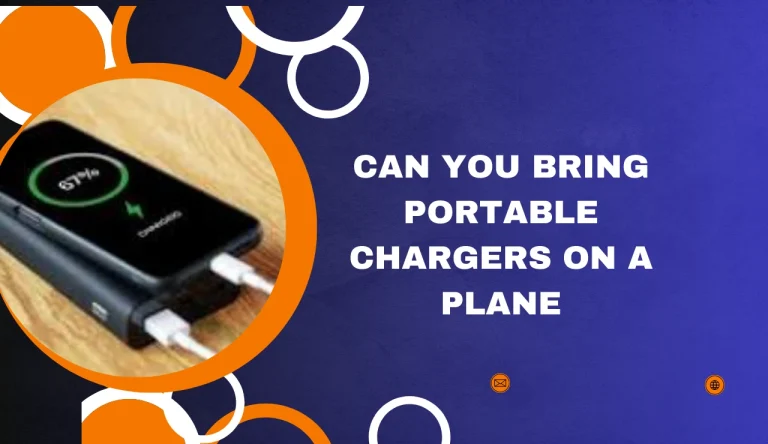How Do Wireless Chargers Work
Are you curious about how do wireless chargers work? Look no further! In this article, we will delve into the fascinating world of wireless charging and uncover the secrets behind this innovative technology.
By understanding the principles of electromagnetic fields, you’ll gain insight into the fundamental workings of wireless chargers. We’ll explore inductive charging, a method that utilizes coils to transfer power from the charger to your device without any physical connection.
Additionally, we’ll discuss resonant coupling and its role in enabling efficient wireless power transfer over longer distances.
You’ll also learn about different types of wireless chargers available on the market today. Discover the benefits and limitations of this convenient charging method and how it is becoming increasingly integrated into our everyday lives.
Finally, we will take a glimpse into future developments that promise even more exciting possibilities for wireless charging technology. Get ready to unlock the mysteries behind wireless chargers!
Key Takeaways
- Wireless chargers use electromagnetic fields and induction to transfer electric energy.
- Inductive charging is a method that uses coils for power transfer without physical connection.
- Resonant coupling enables wireless power transfer over longer distances using resonant frequencies.
- Wireless chargers emit low levels of electromagnetic radiation within regulatory limits.
Understanding Electromagnetic Fields
Did you ever wonder how wireless chargers actually work? Well, it all comes down to understanding electromagnetic fields.
Wireless chargers utilize a phenomenon called electromagnetic induction, which allows for the transfer of electric energy between two objects through a magnetic field. When an electric current flows through a wire coil inside the charger, it creates an oscillating magnetic field around it. This magnetic field then induces an electric current in another coil located inside the device being charged.
This process enables power transfer without the need for physical connections or cords.
It’s important to note that wireless chargers also emit low levels of electromagnetic radiation during operation. However, these levels are considered safe and well within regulatory limits set by organizations like the Federal Communications Commission (FCC).
Exploring inductive charging further will provide deeper insights into how this technology is shaping our modern world and revolutionizing our daily lives.
Exploring Inductive Charging
Inductive charging creates a seamless transfer of power between two objects without the need for any physical connection. This technology has found various applications in our daily lives, revolutionizing the way we charge our devices.
Here are three key advancements in inductive charging technology:
- Mobile Devices: Inductive charging allows us to simply place our smartphones or smartwatches on a charging pad, eliminating the hassle of tangled cables and worn-out connectors.
- Electric Vehicles: With inductive charging, electric vehicle owners can park their cars over specially designed pads embedded in the ground, enabling effortless and efficient recharging.
- Medical Implants: Inductive charging plays a crucial role in powering medical implants such as pacemakers and hearing aids wirelessly, providing patients with greater convenience and reducing the risk of infections.
As we delve deeper into wireless power transfer, it’s essential to understand resonant coupling and its significance in this field.
Resonant Coupling and Wireless Power Transfer
Resonant coupling, a fascinating concept in the world of wireless power transfer, brings about a sense of wonder and excitement as it enables devices to be charged effortlessly without any physical connection.
This innovative technology relies on the principle of resonant frequency, where two objects with similar frequencies can exchange energy wirelessly. In wireless chargers, resonant coupling occurs when the charger and the device share the same resonant frequency. The charger generates an oscillating magnetic field at this frequency, creating an electromagnetic wave that transfers power to the device’s receiver coil.
The receiver coil then converts this electromagnetic energy back into electrical energy, which charges the device’s battery. Resonant coupling allows for greater flexibility in charging positions and distances between devices compared to traditional inductive charging methods.
| Pros | Cons |
|---|---|
| – Greater charging flexibility | – Reduced efficiency compared to inductive charging |
| – Ability to charge multiple devices simultaneously | – Limited range due to energy dissipation |
| – Minimal alignment requirements |
With its ability to charge multiple devices simultaneously and greater charging flexibility, resonant coupling is a promising technology for wireless power transfer. However, it is important to note that its efficiency is slightly reduced compared to traditional inductive charging methods due to energy dissipation.
Additionally, resonant coupling still has limited range capabilities due to factors such as distance and obstacles affecting signal strength. Nonetheless, these drawbacks do not diminish its potential as a convenient and efficient way of wirelessly charging devices.
Moving on from understanding how resonant coupling works, let’s delve into exploring different types of wireless chargers available in the market today
Types of Wireless Chargers
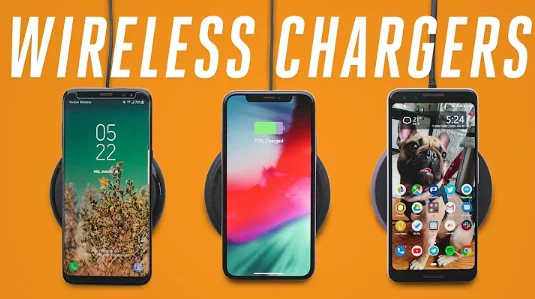
In this discussion, you will explore two types of wireless chargers: Qi Wireless Charging and Magnetic Resonance Charging.
Qi Wireless Charging is a widely adopted standard that uses inductive coupling to transfer power between a charging pad and a compatible device.
On the other hand, Magnetic Resonance Charging utilizes resonant magnetic fields to wirelessly transfer energy over longer distances, enabling charging through surfaces like tables or countertops.
Understanding these different types of wireless chargers will give you insight into the various options available for convenient and efficient power transfer.
Qi Wireless Charging
To charge your device wirelessly, simply place it on the charging pad and watch as magic flows from the pad to your device. Qi wireless charging, one of the most popular wireless charging standards, utilizes inductive coupling to transfer power from the charger to your device. This technology allows for efficient and convenient charging without the need for cords or cables.
The Qi standard operates at a frequency of 100-205 kHz, ensuring compatibility with a wide range of devices. In order for your device to charge wirelessly using Qi, it must have a compatible receiver built-in or attached externally.
By adhering to this global standard, Qi enables seamless interoperability among different brands and models. As we transition into the next section about magnetic resonance charging, you will discover another fascinating method of wirelessly powering your devices.
Magnetic Resonance Charging
Place your device on the charging pad and witness the captivating transfer of power through magnetic resonance, as if a hidden force is breathing life into your device.
Magnetic resonance charging is one of the applications of wireless charging that utilizes electromagnetic fields to transfer energy from the charger to your device. This technology works by creating a resonant coupling between two coils, one in the charger and another in your device, which enables efficient power transfer without any physical connection.
The advantage of magnetic resonance charging is its ability to charge multiple devices simultaneously, regardless of their positions or orientations on the charging pad. Moreover, this method ensures enhanced safety as it minimizes exposure to electromagnetic radiation and eliminates overheating risks associated with traditional wired chargers.
Moving forward, let’s explore the benefits and limitations of wireless charging.
Benefits and Limitations of Wireless Charging
Wireless charging offers several benefits, such as convenience and accessibility. With wireless chargers, you can easily charge your devices without the hassle of dealing with tangled cables or finding a power outlet.
Additionally, wireless charging pads can be placed in various locations, making it more accessible for users to charge their devices. However, one limitation of wireless charging is its slower charging speed compared to traditional wired chargers.
While wireless charging is convenient, it may take longer to fully charge your device compared to using a wired charger. Additionally, some energy is lost during the transfer process in wireless chargers, which affects its efficiency.
Convenience and Accessibility
Imagine the sheer convenience and accessibility of wireless chargers, allowing you to effortlessly power up your devices without the hassle of tangled cords. With wireless charging technology, you can simply place your device on a charging pad or dock and watch as it charges wirelessly.
This innovative technology eliminates the need for multiple charging cables, reducing electronic waste and its impact on the environment. Additionally, wireless chargers are compatible with a wide range of devices, including smartphones, tablets, smartwatches, and even some laptops. They provide a seamless charging experience that’s not only convenient but also aesthetically pleasing with their sleek design.
Furthermore, wireless chargers offer the flexibility to charge your devices anywhere within range of the charger’s signal. Transitioning into the next section about ‘charging speed and efficiency’, let’s explore how these wireless chargers optimize power delivery for faster and more efficient charging.
Charging Speed and Efficiency
One of the key advantages of wireless charging is its ability to optimize power delivery, resulting in faster and more efficient charging for your devices. Wireless chargers use a process called electromagnetic induction to transfer energy from the charger to your device without the need for physical connectors. This technology allows for higher charging speeds compared to traditional wired chargers.
Wireless chargers are designed with safety in mind. They incorporate features such as overcurrent protection, temperature control, and foreign object detection to prevent overheating and potential damage to your device or charger. Additionally, wireless charging does not generate as much heat as wired charging, which can also help prolong the lifespan of your battery.
To better understand the benefits of wireless charging speed and efficiency, let’s take a look at this table:
| Wired Charging | Wireless Charging | |
|---|---|---|
| Speed | Slower | Faster |
| Efficiency | Lower | Higher |
| Safety | – | High |
As you can see from the table above, wireless charging offers improved speed and efficiency compared to wired charging while maintaining high levels of safety. Now let’s explore how wireless charging integrates into everyday life without skipping a beat.
Wireless Charging in Everyday Life
You can experience the convenience of wireless charging in your everyday life. Here are four ways wireless charging can make your life easier:
- No more tangled cables: Say goodbye to the frustration of untangling cords every time you need to charge your device. With wireless charging, all you need to do is place your phone on a charging pad or dock.
- Multi-device charging: Wireless chargers often come with multiple charging pads, allowing you to charge multiple devices simultaneously. This means no more searching for available outlets or dealing with cluttered cables.
- Increased mobility: With wireless charging, you can easily grab your phone off the charger and go about your day without worrying about unplugging it. This convenience is especially useful when traveling or working remotely.
- Environmental impact: Wireless charging reduces the need for disposable batteries and chargers, which contributes to reducing electronic waste and our carbon footprint.
As technology continues to advance, we can expect even more exciting developments in wireless charging that will further enhance our daily lives without being tethered by cords or outlets.
Future Developments in Wireless Charging Technology

Get ready to be amazed by the future developments in wireless charging technology that will revolutionize the way you power your devices.
One of these exciting advancements is solar-powered wireless charging, which harnesses the energy from sunlight to charge your devices wirelessly. Imagine being able to charge your smartphone simply by leaving it in the sun! This innovation not only provides a sustainable and environmentally friendly way to power your devices, but it also offers convenience and freedom from traditional charging methods.
Another groundbreaking development on the horizon is long-range wireless charging. Currently, most wireless chargers require close proximity between the device and the charger for effective charging. However, with long-range wireless charging, you can charge your devices from a distance without any physical contact. This technology utilizes electromagnetic waves or laser beams to transmit power over longer distances.
These advancements in wireless charging technology are set to transform our daily lives by providing more efficient and convenient ways to keep our devices powered up.
Frequently Asked Questions
Conclusion
In conclusion, wireless chargers work by utilizing electromagnetic fields and inductive charging technology. Through resonant coupling, power is transferred wirelessly from the charger to the device.
There are different types of wireless chargers available, each with their own benefits and limitations. While wireless charging offers convenience and eliminates the need for cables, it may not be as efficient or fast as traditional wired charging methods.
However, with ongoing advancements in technology, we can expect to see further developments in wireless charging that’ll enhance its capabilities and make it more prevalent in our everyday lives.

